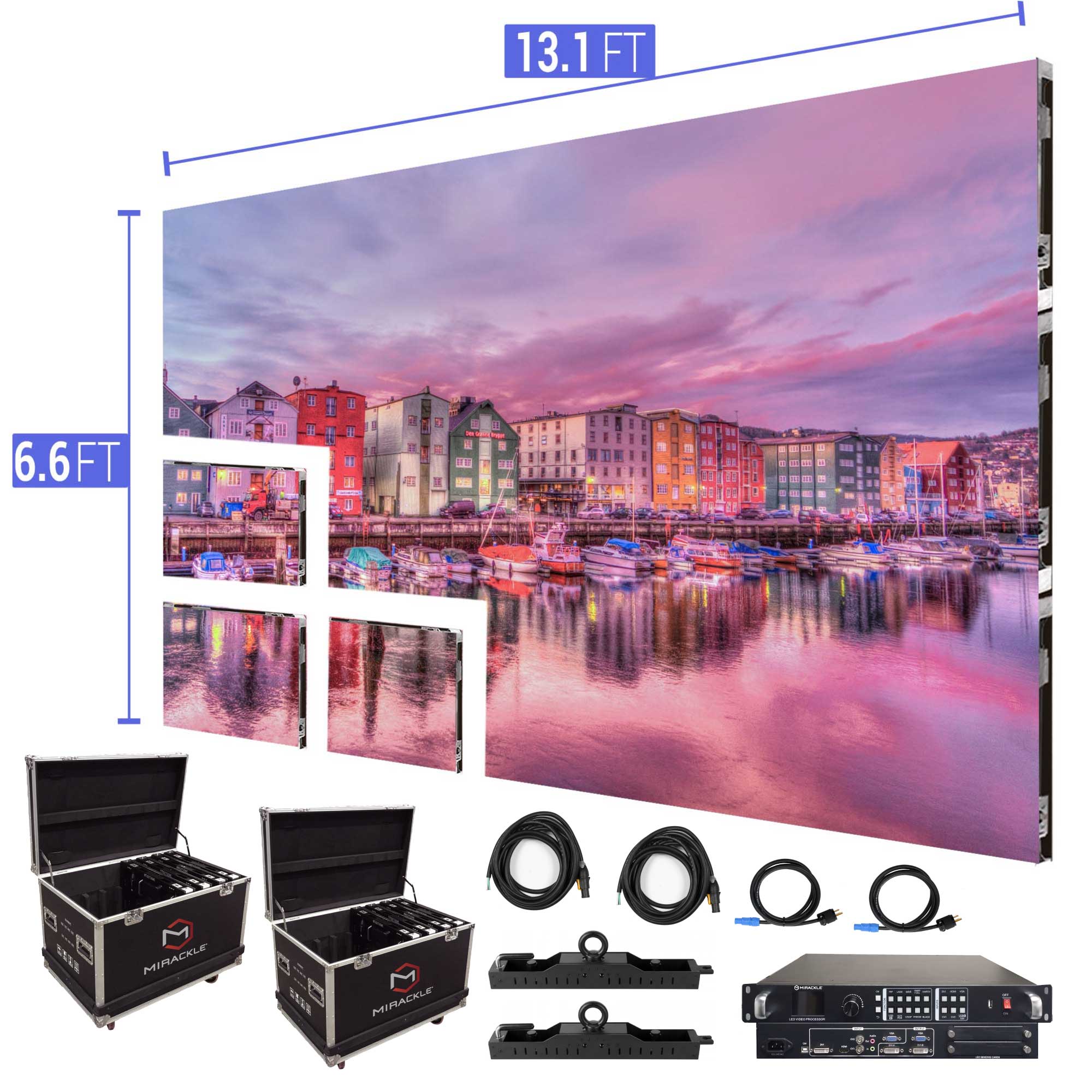Investigating the Durability of Light Emitting Diode Wall Panels in Contrast to Traditional Screen Technologies
Investigating the Durability of Light Emitting Diode Wall Panels in Contrast to Traditional Screen Technologies
Blog Article
Light-emitting diode panel panels have become progressively popular in recent times, especially in environments like educational institutions, corporate spaces, and public areas. These screens use light-emitting diodes (LEDs) to create bright and lively images. One of the most notable benefits of LED technology is its durability compared to conventional display methods, such as cathode ray tubes (CRTs) and LCD display displays. Grasping the differences in duration and functionality between these options can help consumers make knowledgeable decisions about their screen needs.
Traditional display methods, like CRTs, have been present for many decades. They were commonly used in televisions and PC monitors. However, CRTs have a shorter duration, typically lasting approximately 10,000 to 20,000 hrs of use. This means that after a couple of years, users may observe a deterioration in picture clarity, such as fading or color deformation. In contrast, LED wall screens can last significantly longer, often exceeding 50,000 hrs. This extended lifespan means that consumers can enjoy reliable performance without the requirement for frequent replacements.
Another crucial aspect to consider is power conservation. LED wall panels utilize less energy than traditional screens, which not only benefits the environment but also reduces power expenses. For example, while a CRT monitor may consume around 100 W of power, an LED screen can consume as little as 30 to 50 watts. This difference in power consumption contributes to the overall longevity of LED innovation, as reduced power usage generates minimal thermal energy. Excessive heat can harm electrical components, leading to a reduced lifespan for traditional screens.
In furthermore to their longer lifespan and power conservation, LED wall panels also offer enhanced visual quality. They provide brighter hues and improved differentiation, making them perfect for various uses, from marketing to learning presentations. The technology behind LED screens enables for a broader viewing angle, meaning that visuals stay clear and vibrant even when viewed from the flank. This is a major benefit over traditional displays, which frequently experience from hue distortion and reduced brightness at wider perspectives.
In summary, the longevity of LED wall panels in contrast to conventional display methods is a crucial factor for buyers to take into account. With durations that can surpass 50,000 hours, energy efficiency, and enhanced visual clarity, LED innovation offers many benefits. As technology continues to advance, LED wall screens are probably to become even more common in check this link right here multiple environments. Grasping these differences can help individuals and organizations make better decisions when purchasing in screen technology, ensuring they receive the optimal worth for their requirements.